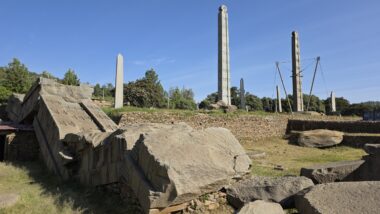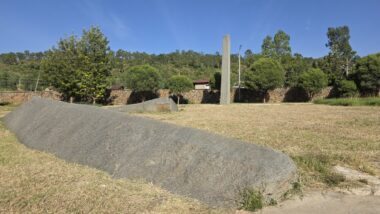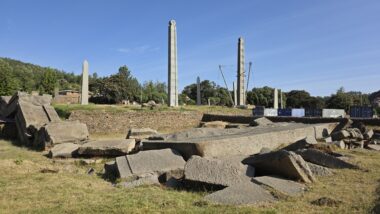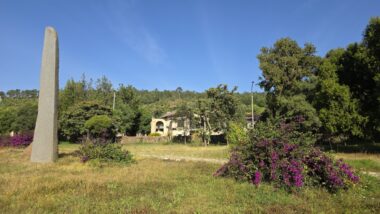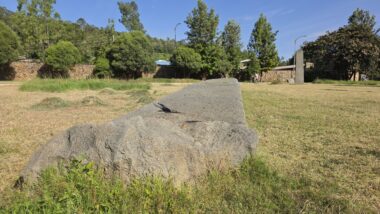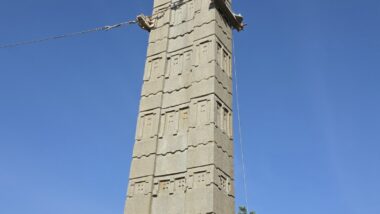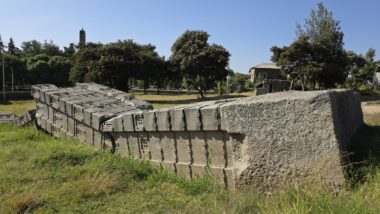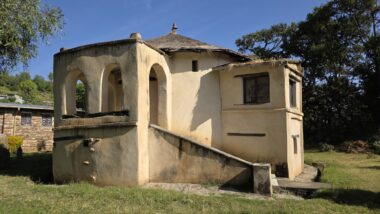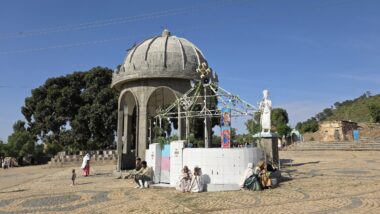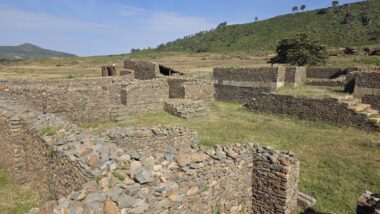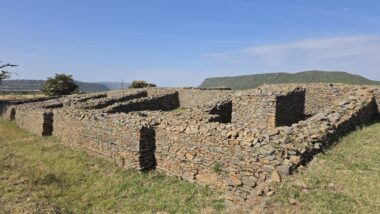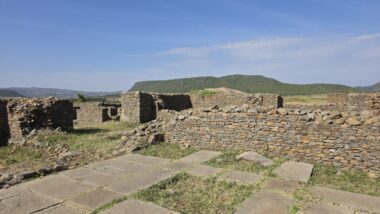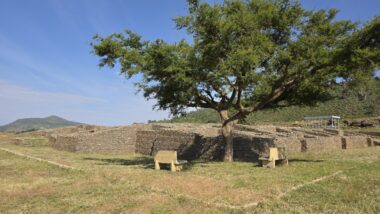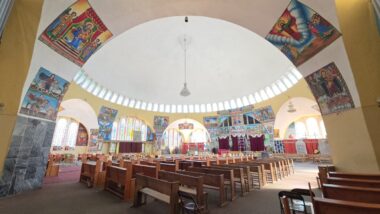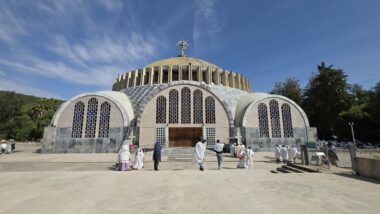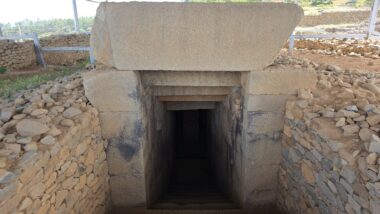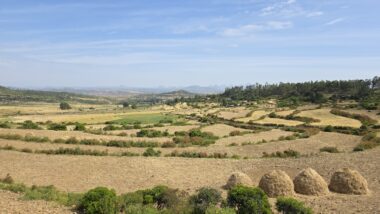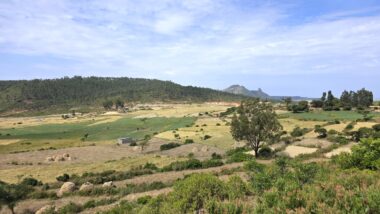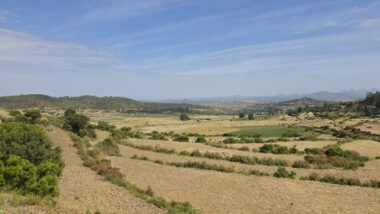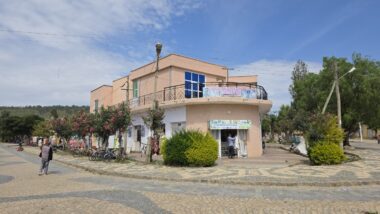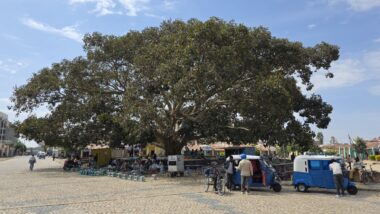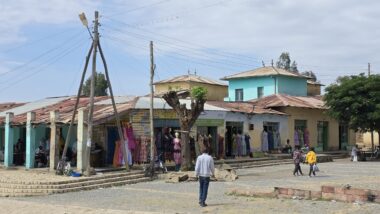The history of Aksum centres on a powerful kingdom in modern-day Ethiopia and Eritrea that flourished from approximately the 1st to the 8th centuries AD. Aksum was a central commercial hub controlling trade routes connecting the Roman Empire, India, and the Red Sea, and its port of Adulis was a crucial centre for international commerce. The kingdom’s wealth was built on its control of trade networks, including the ivory trade from Sudan and control over the Red Sea. Its achievements include the development of the indigenous Ge’ez script and the adoption of Christianity under King Ezana in the 4th century, which linked it to the Christian world and established the basis for the Ethiopian Orthodox Church. In the 6th century, Emperor Caleb led an expedition to protect Christians in Yemen from a Jewish ruler, demonstrating Aksum’s power projecting beyond its borders. The kingdom declined from the 7th century onward due to environmental changes and the rise of Islam, which shifted control of trade routes.
The ruins of the ancient city of Aksum were declared a UNESCO World Heritage Site in 1980. We visited in a few hours towering monolithic stelae (🎟️800 ETB, Local guide 2,250 ETB) dating to the 3rd and 4th centuries AD, and ancient ruins from the powerful Aksumite Kingdom. We did not miss the Church of St. Mary of Zion (which is said to house the Ark of the Covenant), and the tombs of kings like Kaleb and Gebre Meskel. The city also features the ruins of ancient castles and the Queen of Sheba’s pool.
There is only one acceptable restaurant for lunch or dinner – Kuda Juice and Pizzeria. In the evening, we went for a late drink at the Amen bar or the lively Legend bar.



